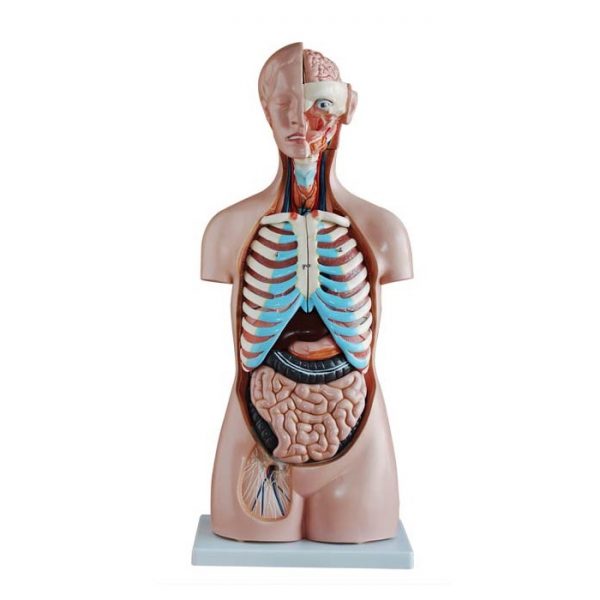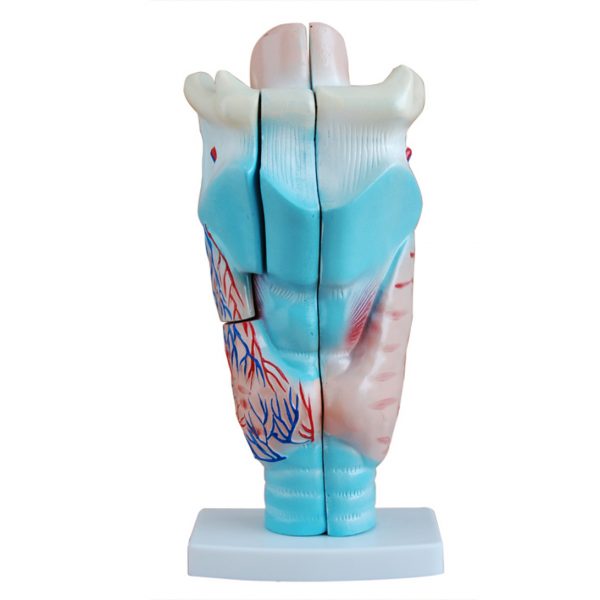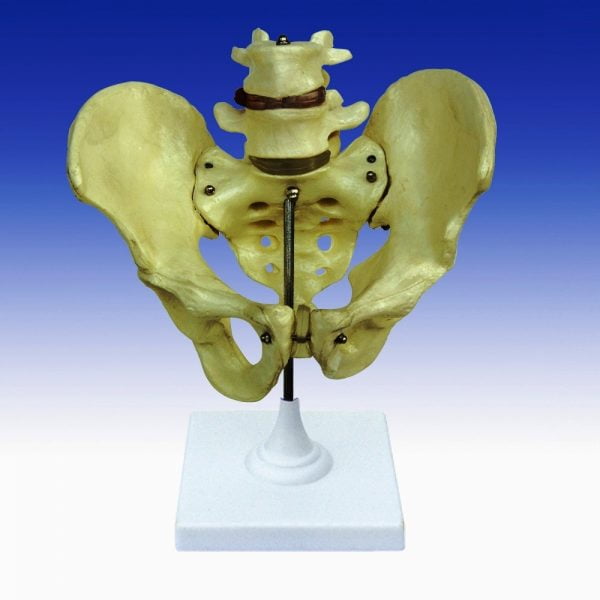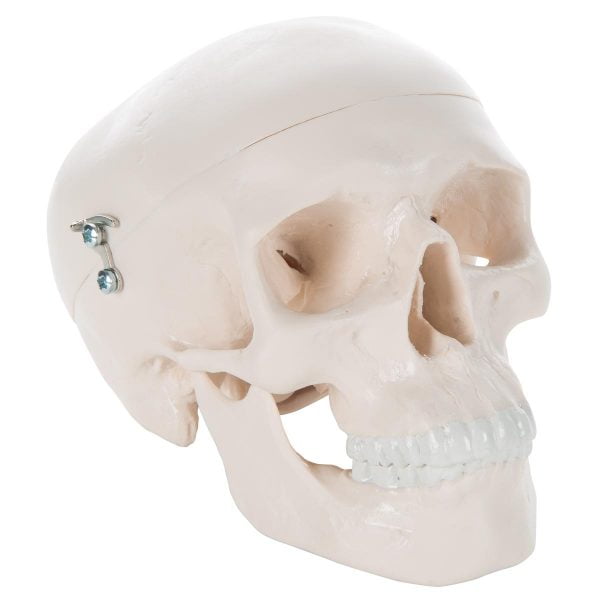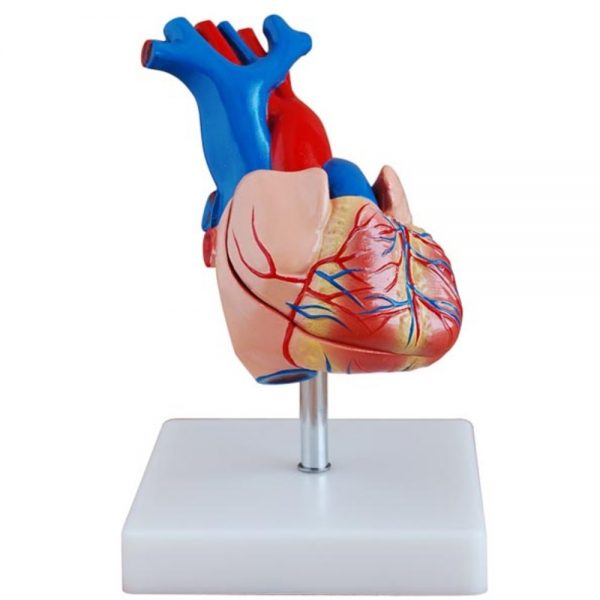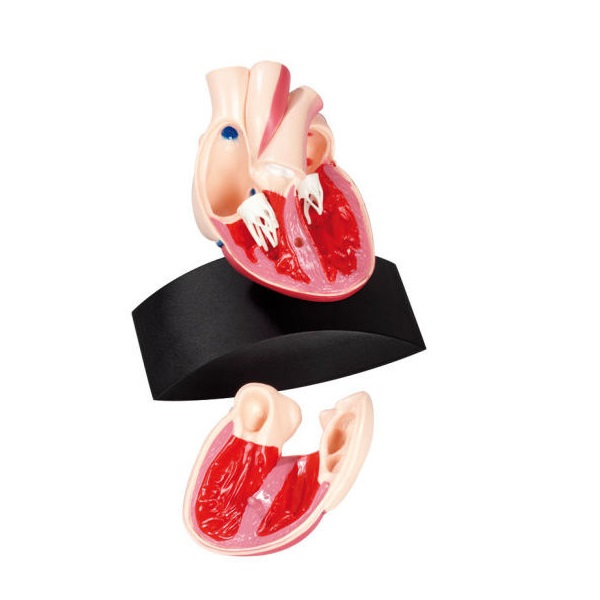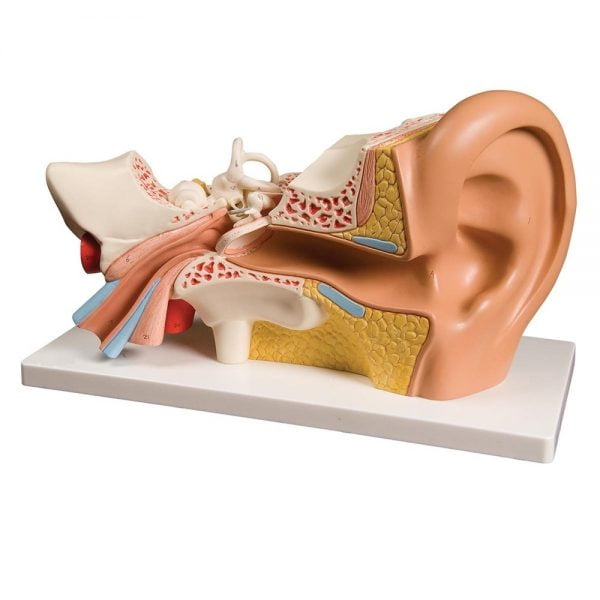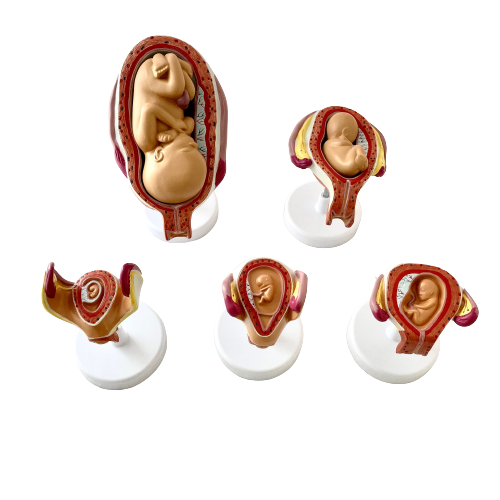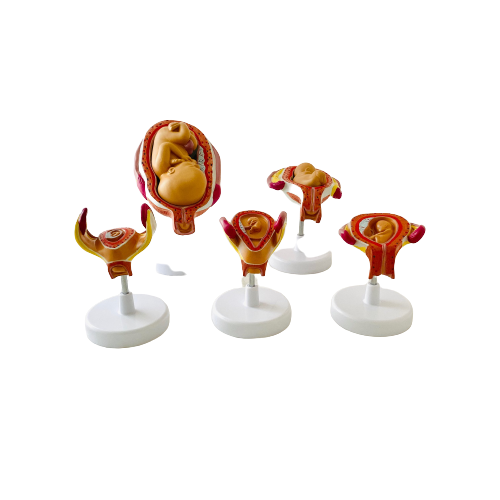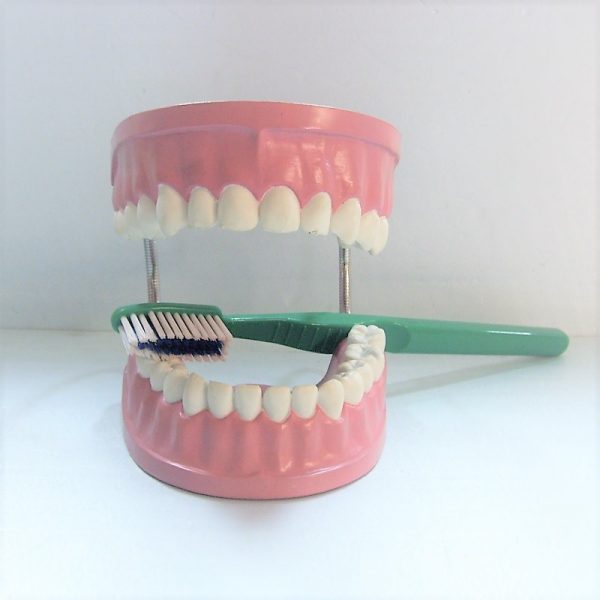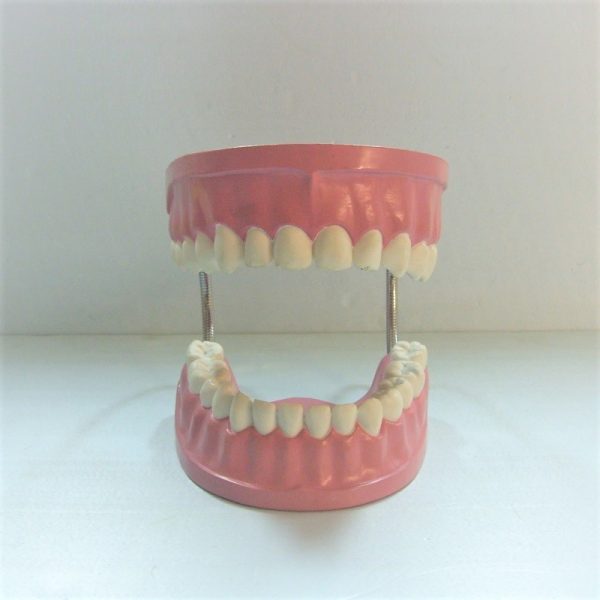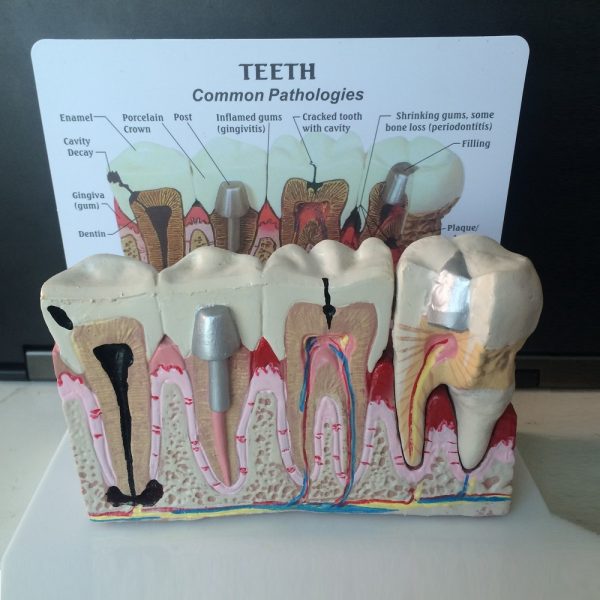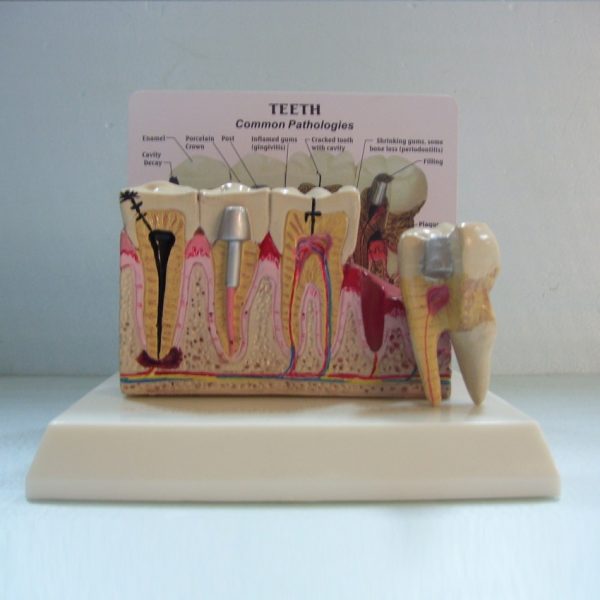Shoulder Joint Life Size
Shoulder Joint Life Size
Demonstrates abduction, adduction, anteversion, retroversion and internal / external rotation. Include flexible, artificial ligaments. Life-size, on stand.
SPECIFICATIONS
Size: 17.5x15x21CM. (life size)
Material: PVC
Life-size, on stand.
Shoulder Joint Life Size
The shoulder joint (glenohumeral joint) is a ball and socket joint between the scapula and the humerus. It is the major joint connecting the upper limb to the trunk.
It is one of the most mobile joints in the human body, at the cost of joint stability. In this article, we shall look at the anatomy of the shoulder joint and its important clinical correlations.
Structures of the Shoulder Joint
The shoulder joint is formed by the articulation of the head of the humerus with the glenoid cavity (or fossa) of the scapula. This gives rise to the alternate name for the shoulder joint – the glenohumeral joint.
Like most synovial joints, the articulating surfaces are covered with hyaline cartilage. The head of the humerus is much larger than the glenoid fossa, giving the joint a wide range of movement at the cost of inherent instability. To reduce the disproportion in surfaces, the glenoid fossa is deepened by a fibrocartilage rim, called the glenoid labrum.
Shoulder Joint Life Size
Ligaments
In the shoulder joint, the ligaments play a key role in stabilising the bony structures.
- Glenohumeral ligaments (superior, middle and inferior) – the joint capsule is formed by this group of ligaments connecting the humerus to the glenoid fossa. They are the main source of stability for the shoulder, holding it in place and preventing it from dislocating anteriorly. They act to stabilise the anterior aspect of the joint.
- Coracohumeral ligament – attaches the base of the coracoid process to the greater tubercle of the humerus. It supports the superior part of the joint capsule.
- Transverse humeral ligament – spans the distance between the two tubercles of the humerus. It holds the tendon of the long head of the biceps in the intertubercular groove.]
- Coraco–clavicular ligament – composed of the trapezoid and conoid ligaments and runs from the clavicle to the coracoid process of the scapula. They work alongside the acromioclavicular ligament to maintain the alignment of the clavicle in relation to the scapula. They have significant strength but large forces (e.g. after a high energy fall) can rupture these ligaments as part of an acromio-clavicular joint (ACJ) injury. In severe ACJ injury, the coraco-clavicular ligaments may require surgical repair.


 Botzees
Botzees Keyestudio
Keyestudio Fischertechnik
Fischertechnik
